Roman Fish-Salting Factory
Remnants of the rich history of fish salting in this ancient Mediterranean port town.
During the Roman era, the port of Mazarrón was an invaluable source of both fish and salt, with a seemingly infinite supply. The town was also centrally located among the trade routes in the western Mediterranean. As a result, fish salting was a major enterprise during the 4th and 5th centuries, serving as the single most important source of income for locals.
Today, the remnants of Puerto de Mazarrón’s past as a fish salting hub can be found all over this increasingly popular tourist destination, if you know where to look.
The archaeological museum in Mazarrón houses some of the most important hidden history of the area, but is itself difficult to locate due to the lack of signage. The Roman Fish Salting Factory and Archaeological Museum (Factoría Romana de Salazones y Museo Arqueológico) sits on the preserved remains of some of the ancient structures used in the process of salting fish and in the manufacture of garum, a fermented fish sauce used as a condiment.
Of course, the museum does feature exhibits other than those from the fish salting era, such as a panorama showing off the archaeological heritage of Mazarrón. But the real stars of the display are the salting basins and tanks, carved from solid rock, where the fish were macerated and fermented in salt, as well as the numerous amphorae used to store the goods available to sell and trade.
Another important remnant of Mazarrón’s fish salting history appears further north on the port. The remains of a Roman village, La Villa del Alamillo (also called Lomo del Alamillo) illustrates the importance of fish salting to the community on a more domestic scale, a glimpse into both residential and industrial life in the ancient era.
The village was originally founded in the second half of the first century AD and was abandoned at the end of the second century. It was once thriving with many single family houses with outdoor salt workshops. At the site you can see six large, deep holes where fish salting and garum manufacturing took place from the comfort of home.
It may be hard to tell from the looks of it today that Mazarrón played such an essential role in the ancient fish salting and trade business, but keen eyes reveal the hidden history of a lifestyle now mostly forgotten.
Know Before You Go
Coordinates are for the Roman Fish Salting Factory and Archaeological Museum (Factoría Romana de Salazones y Museo Arqueológico)
















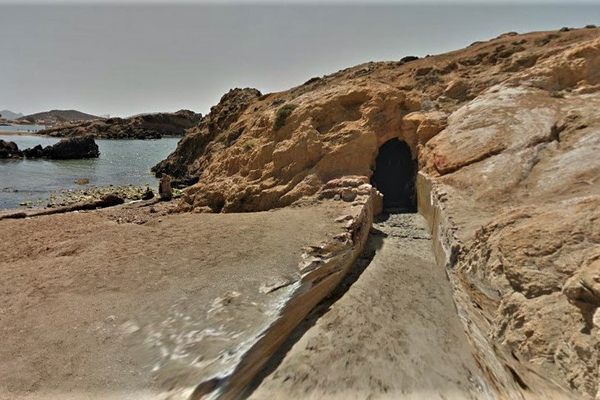

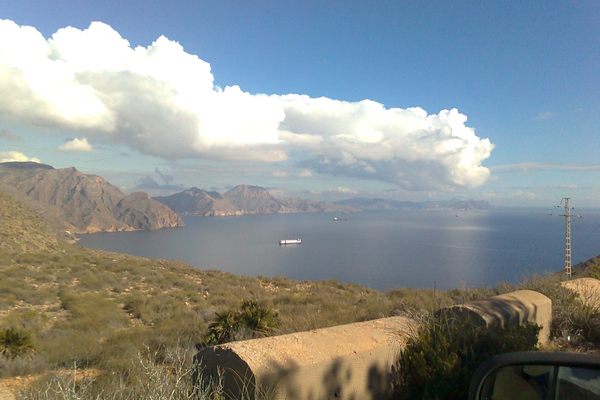
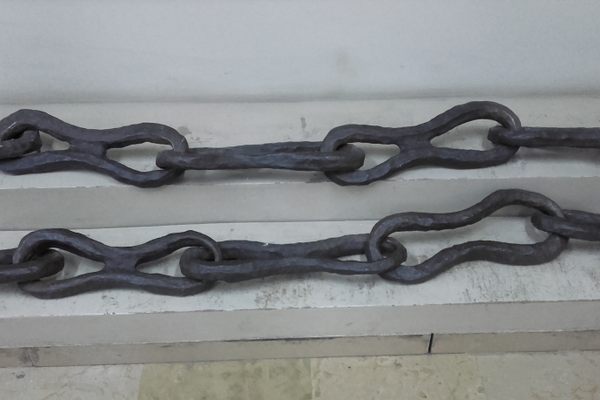
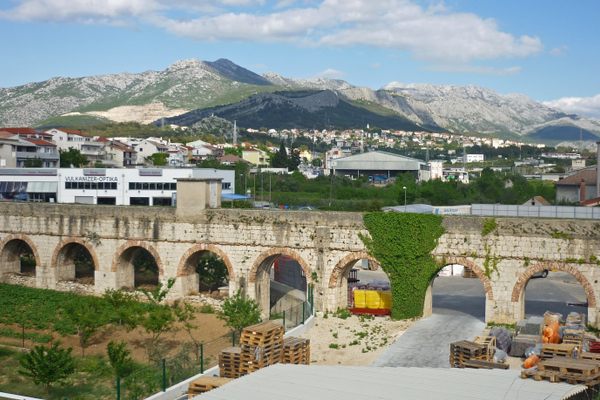
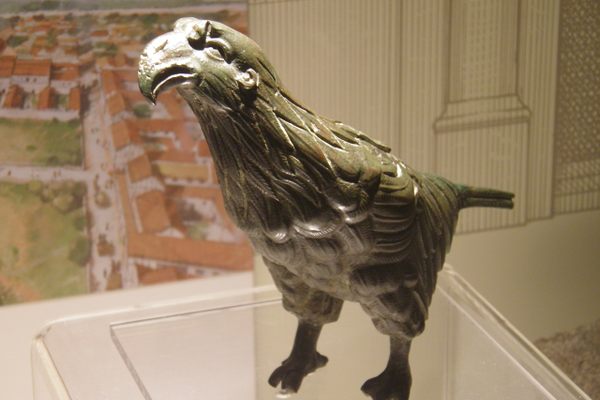


Follow us on Twitter to get the latest on the world's hidden wonders.
Like us on Facebook to get the latest on the world's hidden wonders.
Follow us on Twitter Like us on Facebook